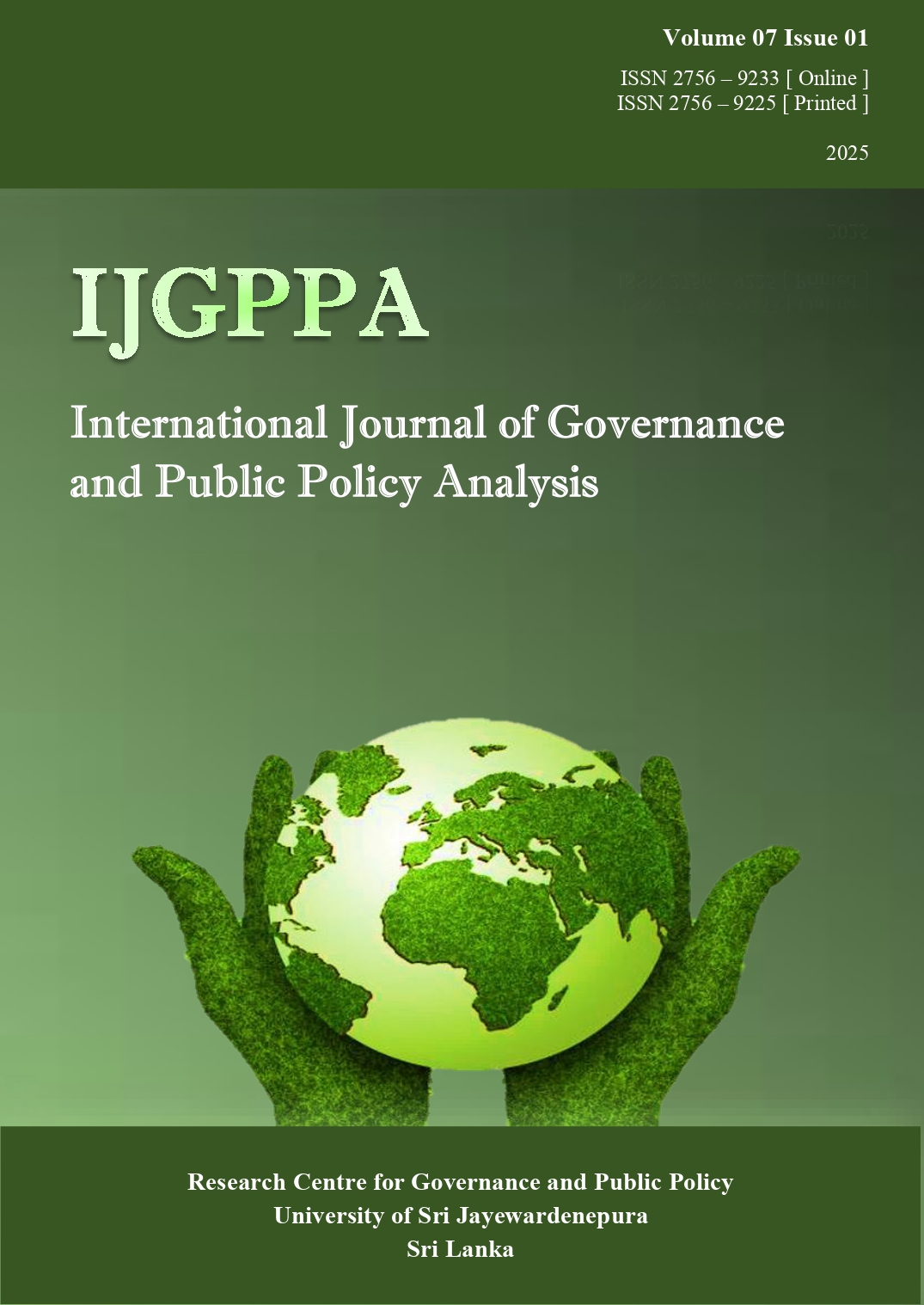Participatory Planning in Primary Health Facilities in Tanzania
DOI:
https://doi.org/10.31357/ijgppa.v7i1.8597Abstract
Participatory planning plays a significant role in ensuring the delivery of effective healthcare services, particularly in resource-constrained settings. Understanding the dynamics of participatory planning is crucial for fostering community engagement, building local capacities, and fostering collaboration among stakeholders. Tanzania continues to face challenges in participatory planning, including resource constraints, capacity gaps, information gaps, and a lack of autonomy. By exploring demographic, socio-economic, organizational, institutional, cultural, and social factors, the study aims to shed light on how participatory planning can be optimized to enhance healthcare delivery in primary health facilities. The research adopted a quantitative approach with a descriptive design, ensuring rigor and reliability in data collection and analysis. The sample size of the study was 180 respondents, selected using simple random sampling. In order to guarantee clarity, relevance, and reliability, a researcher-developed questionnaire was verified through expert review and pilot testing. The utilization of the Relative Importance Index (RII) enables the ranking of criteria by their significance, thereby providing valuable insights into the factors influencing participatory planning in Moshi municipality. Key findings underscore the importance of clarity by defining roles in planning with strong agreement on its importance. Education and access to information also significantly impact participation. Results inform policymakers to have clear roles and awareness creation to enhance community involvement effectively. The implications of this research extend beyond academic discourse, offering actionable recommendations for policymakers and health administrators. By emphasizing the importance of role clarity, education, and access to information, the study provides practical guidance for improving participatory planning in primary health facilities.
Keywords: Participatory Planning, Primary Health Facilities, Relative Importance Index, Tanzania

